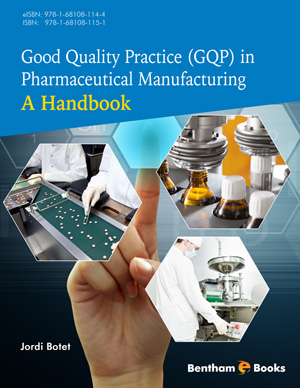Abstract
The quality of pharmaceutical products is permanently threatened by hazards that are potential sources of harm. And hazards have an associated risk, defined as the combination of the probability of occurrence and of the severity of that harm. Therefore, it is necessary to keep these hazards under control by diminishing as much as possible the related risks. This approach to quality assurance is known as risk management. Different tools allow for the assessment of risk. Then, risk can be routinely monitored. Yet, there are no magic tools. Risk assessment requires a good amount of knowledge on the matter submitted to study. This does not exclude, however, that by skillfully using the existing tools it is possible to appraise adequately the level of risk and decide on its acceptance. A high residual risk is, in principle, inacceptable and requires the implementation of measures for its reduction (changes in the process or system or in the way it is monitored), whereas a low residual risk can be accepted. And this allows for the introduction of continual improvement, understood as the progressive diminution of the residual risk level. The whole process of risk management is explained step by step and the most useful tools used in risk assessment are described providing practical examples.
Keywords: Cpk, Fishbone diagram, FMECA, FTA, HACCP, Hazard, HAZOP, histogram, Pareto chart, PHA, process capability, risk, risk assessment, risk communication, risk control, risk monitoring, risk review, RRF, specific tools, unspecific tools.






















